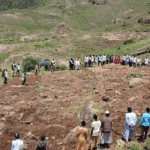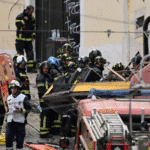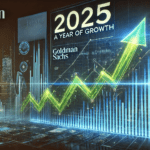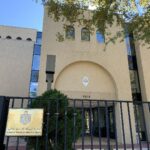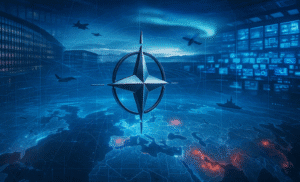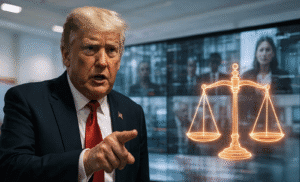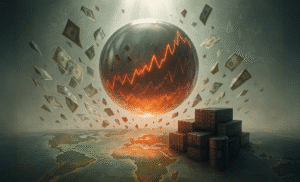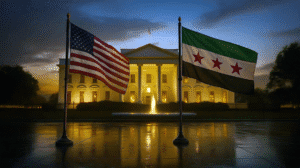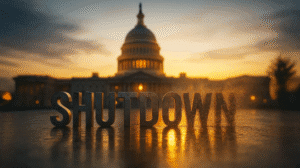Vietnam on Tuesday marked the 80th anniversary of its declaration of independence from French colonial rule with a spectacular parade in Hanoi, the largest of its kind in decades. The event unfolded at Ba Dinh Square, the same symbolic ground where Ho Chi Minh proclaimed the birth of the Democratic Republic of Vietnam on September 2, 1945, setting the stage for the nation’s long struggle for sovereignty. Tens of thousands of citizens, veterans, and international guests gathered in the capital as the country honored its past and looked to its future.
French colonial rule in Vietnam had lasted nearly a century, beginning in the late 19th century and intensifying with the formation of French Indochina in 1887. During that period, Vietnam endured economic exploitation, cultural suppression, and political subjugation. The end of World War II opened the door for nationalist aspirations, and on that historic day in 1945, Ho Chi Minh declared independence, invoking both the U.S. Declaration of Independence and the French Revolution’s ideals. Yet France did not relinquish control willingly, and the First Indochina War soon followed, culminating in the French defeat at Dien Bien Phu in 1954. Although the Geneva Accords temporarily divided Vietnam, the long path toward reunification ended in 1976, when the Socialist Republic of Vietnam was established.
Eighty years on, the 2025 National Day parade was designed not only to remember those struggles but also to showcase Vietnam’s transformation. Nearly 16,000 participants, including military personnel, police units, civilians, and representatives of ethnic groups, marched in tightly choreographed formations before the reviewing stand. The show of force featured modernized tanks, armored vehicles, artillery systems, and amphibious equipment rolling through the square. Overhead, helicopters and fighter jets roared across the sky, some trailing enormous national flags while others released colored flares in tribute to the nation’s resilience. Aircraft on display ranged from Mi-171 helicopters to Su-30 and Yak-130 fighter jets, underscoring the modernization of Vietnam’s air force.
The celebrations were not limited to Hanoi. For the first time, a naval parade was broadcast nationwide from Cam Ranh Bay, where warships, submarines, and maritime patrol aircraft demonstrated Vietnam’s growing maritime capabilities. This rare sea parade reinforced the importance of safeguarding territorial sovereignty, particularly in the South China Sea, where tensions remain high. Adding to the pageantry, foreign honor guards from China, Russia, Laos, and Cambodia joined the festivities, signaling Vietnam’s enduring regional ties and strategic balancing act in international relations.
The atmosphere on the ground was festive and patriotic. Citizens clad in red T-shirts emblazoned with yellow stars waved flags from balconies and packed the streets to watch the procession. Young people cheered as tanks rumbled past and jets performed overhead, some sipping on bubble tea as a modern twist to their celebrations. Decorative banners stretched across avenues, and the mood mixed reverence with youthful exuberance, uniting multiple generations in collective pride.
The government used the anniversary as an opportunity to reach out to its citizens with both symbolic and tangible gestures. Authorities announced a nationwide cash payout of 100,000 dong, roughly $3.80 to each of Vietnam’s 100 million citizens, a move costing an estimated $380 million. In addition, nearly 14,000 prisoners, including 66 foreigners, were granted amnesty, continuing a long tradition of pardons during major national celebrations. Officials described the acts as a reaffirmation of unity and reconciliation, in keeping with the spirit of independence.
In a keynote speech, Communist Party chief To Lam paid tribute to the sacrifices of independence leaders and generations of Vietnamese who endured wars of liberation. He pledged that the government would continue to defend national sovereignty and territorial integrity while striving to achieve Vietnam’s long-term vision of becoming, by 2045, a “powerful, prosperous, and happy nation.” His address underscored the dual themes of memory and aspiration, celebrating past victories while projecting confidence about the country’s role in the 21st century. Internationally, messages of congratulations poured in, with the United States represented by an embassy official at the parade. Secretary of State Marco Rubio sent formal greetings, describing Vietnam as an increasingly important partner in the Indo-Pacific.
Vietnam’s journey since 1945 has been marked by profound transformation. From the devastation of colonial wars and the Vietnam War to the hardships of post-war isolation, the country pivoted in the late 1980s with its Doi Moi economic reforms, opening to trade and foreign investment. Today, it is recognized as one of Asia’s fastest-growing economies and a crucial link in global supply chains. Yet challenges persist, from environmental sustainability to managing relations with larger neighbors. The 80th anniversary parade, however, was a reminder of how far Vietnam has come and how determined it remains to shape its destiny.
As the last jets streaked across the Hanoi sky and fireworks lit up the evening, the celebrations blended nostalgia with optimism for the future. Eight decades after shaking off colonial rule, Vietnam’s grand parade was both a show of national pride and a declaration that its hard-won independence remains the cornerstone of its identity.




